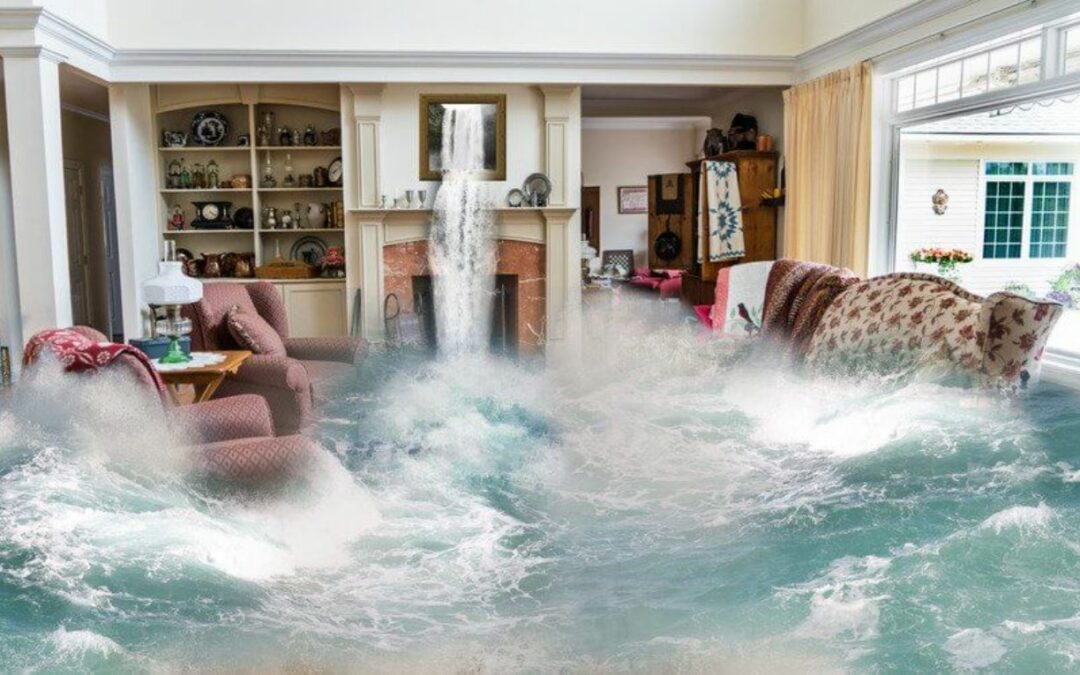Flooding is the most common and costly natural disaster, and it can happen anywhere. Flood insurance from FEMA’s National Flood Insurance Program (NFIP) provides coverage for both your structure (Building Property coverage) and your belongings (Personal Property coverage).
Building Property coverage includes:
-
The building and foundation
-
Electrical and plumbing systems
-
HVAC systems, furnaces, and hot water heaters
-
Refrigerators, stoves, and built-in appliances
-
Permanently installed carpeting, paneling, wallboard, bookcases, and cabinets
-
Window blinds
-
Detached garages (at up to 10 percent of your Building Property coverage limit)
-
Debris removal
Personal Property coverage includes:
-
Personal belongings such as clothing, furniture, and electronics
-
Portable appliances, including microwaves, window A/C units, washing machines, and dryers, as well as freezers and the food in them
-
Carpeting or rugs not permanently installed
NOT covered:
-
Damage caused by moisture, mold, or mildew that could have been prevented by the property owner
-
Money, precious metals, and valuable papers
-
Outdoor property, such as pools, plants, wells/septic systems, decks, patios, fences, and seawalls
-
Temporary living expenses
-
Vehicles
Coverage is limited for certain items located in basements, crawlspaces, and under the main living floor. Specific building items (such as carpeting and drywall) and most personal property will not be covered in these areas.
Building Property losses are paid at Replacement Cost Value (RCV), provided that the home is a single family, primary residence AND is insured for at least 80 percent of its full replacement value. Personal Property losses are paid at Actual Cash Value (ACV), which is RCV minus depreciation.
These coverage rules apply to policies issued by FEMA’s NFIP. As an alternative, private flood insurance is becoming increasingly available. Private flood policies mirror NFIP policies, but often provide expanded coverages, such as additional living expenses and RCV coverage for personal property. Private flood policy premiums may also be lower than the NFIP.


